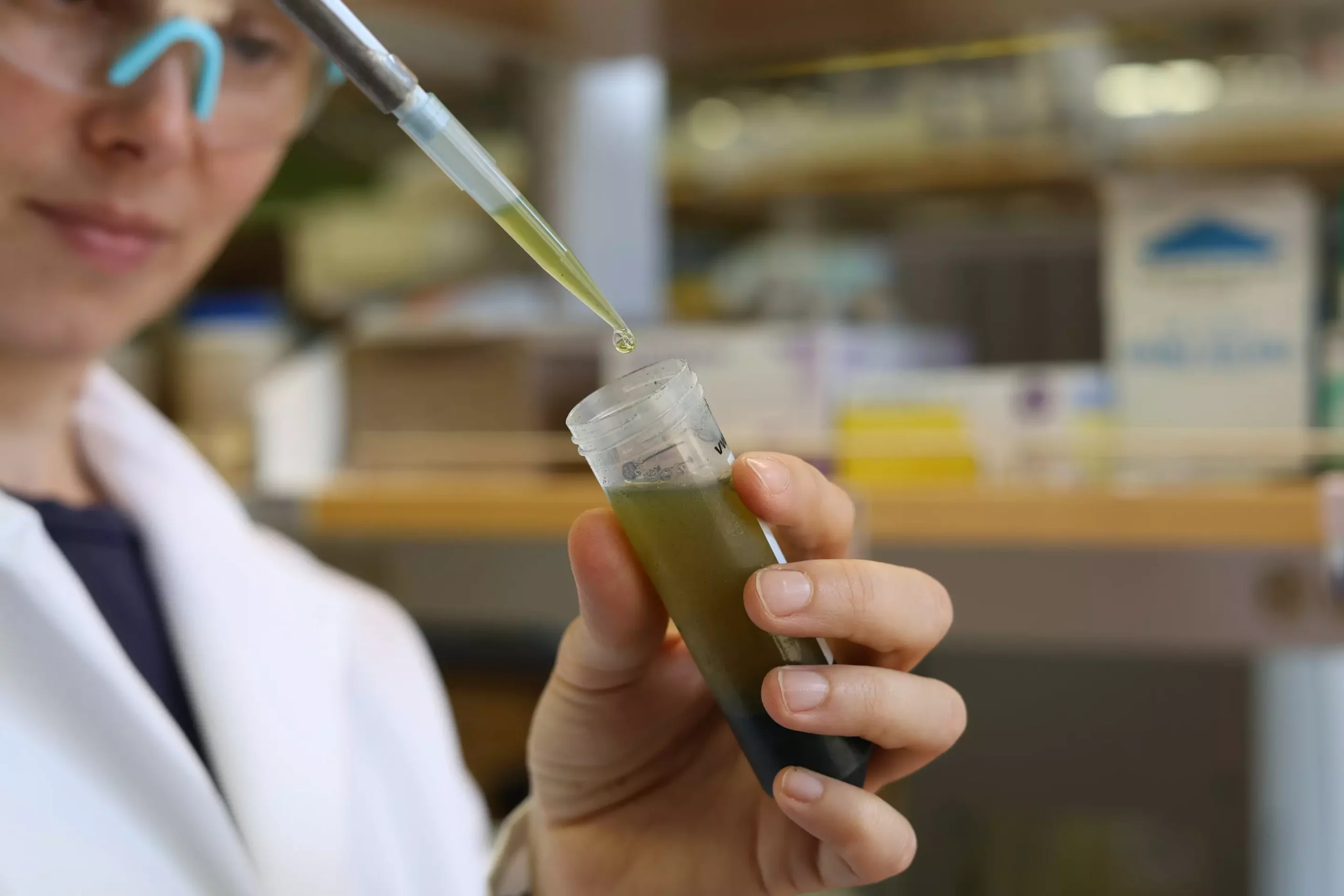The rise of organofluorine compounds, commonly known as “forever chemicals,” in our environment has become a pressing concern due to their potential threats to both the environment and human health. Researchers at The University of Texas at Austin have recently pioneered a groundbreaking technique to identify and trace these elusive chemicals, offering hope for better management and regulation in the future.
Traditionally, forever chemicals have been challenging to trace due to their strong molecular bonds that resist breakdown in the environment. The new technique developed by the University of Texas researchers involves passing samples through a strong magnetic field and analyzing the emitted radio waves, providing valuable insights into the composition of carbon isotopes within the molecule. This innovative approach allows scientists to track the spread of these chemicals and monitor their movement within various ecosystems.
One of the key obstacles in identifying forever chemicals lies in their complex molecular structure, which conventional mass spectrometry methods struggle to decipher. By harnessing nuclear magnetic resonance (NMR) spectroscopy, the researchers were able to map out the unique mix of carbon isotopes bonded to fluorine atoms within the molecule. This information acts as a distinct fingerprint, enabling precise tracking of these chemicals to their original sources.
Applications and Implications
The implications of this breakthrough extend beyond tracking forever chemicals in the environment. The built-in barcode feature of the fingerprinting technology opens up possibilities for detecting counterfeit drugs, exploring astrobiology, and even uncovering insights into early Earth’s metabolism. By bridging the gap between chemistry and geosciences, the researchers have not only advanced scientific knowledge but also paved the way for practical applications in pollution control and regulatory measures.
Potential for Environmental Monitoring
The successful application of this technique on pharmaceuticals and pesticides serves as a promising indicator of its effectiveness in real-world scenarios. Ongoing pilot studies in Austin’s creeks and wastewater aim to test the technology’s reliability in tracking water-borne pollutants, providing valuable data for state and federal agencies. This development could revolutionize the way forever chemicals are monitored and managed, contributing to a more sustainable and healthy environment.
The innovative fingerprinting technology developed by researchers at The University of Texas at Austin represents a significant advancement in the field of environmental science. By offering a unique solution to the challenge of tracking forever chemicals, this breakthrough opens doors to new possibilities in organic chemistry and beyond. With the potential to revolutionize environmental monitoring and regulation, this cutting-edge technology has the power to shape a more informed and proactive approach towards addressing emerging environmental threats.


Leave a Reply